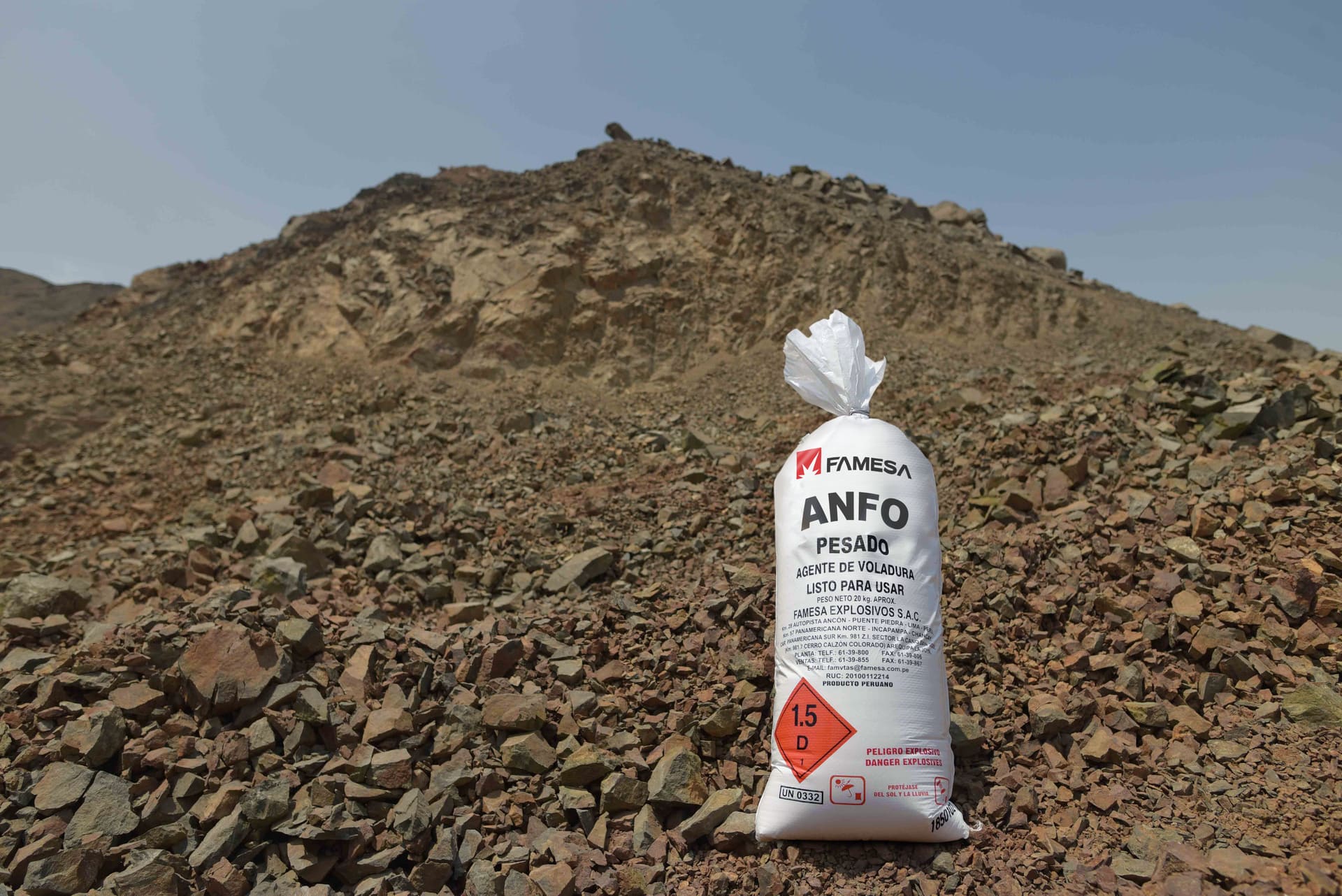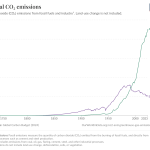Renewables Are Not Renewable
Solar panels, wind turbines, and batteries are marketed as “renewable” energy solutions. But none of the materials used to build them are renewable, and the processes that create them are powered by fossil fuels from start to finish.
Start with ANFO — ammonium nitrate and fuel oil — the explosive used for most mining operations.
ANFO is 100% fossil fuel-based. No oil and gas, no ANFO. No ANFO, no mining. No mining, no quartzite, no polysilicon, no copper, no silver — meaning no solar panels or wind turbines. Every so-called renewable technology begins with large-scale fossil-fueled extraction.
To qualify as “renewable,” a resource must be naturally replaced through ecological cycles.
Solar promoters like to claim sunlight is renewable — and of course it is. But the hardware needed to convert sunlight into electricity is most certainly not. It’s made from dozens of mined materials, processed in fossil-fueled industrial systems, and shipped globally using oil-powered transport. There’s nothing renewable about that chain.
Polysilicon, the key material in solar panels, is one of the most fossil-intensive materials in the entire process. It requires three main inputs: high-purity silica mined from quartzite, high-carbon coal used in reduction, and vast amounts of reliable electricity.
Mining quartzite involves drilling and blasting one of the most abrasive rocks on Earth. It wears through carbide drill steel — made in China — and depends on diesel-powered machines and ANFO explosives.
This is rock blasting. A method of breaking down large volumes of rock using controlled explosions pic.twitter.com/wGf0uCdQHL
— Interesting As Fuck (@interesting_aIl) May 17, 2025
After mining, the rock is crushed and refined using fossil-fueled processes.
The next step is Chemical Vapor Deposition, an extremely energy-intensive process. Making just one kilogram of silicon wafer material takes about 360 to 380 kWh of electricity.
According to estimates, this could lead to up to 58.8 gigatons of CO2-equivalent emissions by 2050. None of this is “green.”
Moreover, Polysilicon is not recyclable. It degrades and must be replaced. The same goes for wind turbine blades and lithium batteries. These systems require constant rebuilding, all driven by fossil energy.
Coal Still Powers The Green Myth
Polysilicon production also relies on metallurgical coal — not the kind burned for electricity, but a high-carbon coal essential for processing silicon and metals. Despite western ESG campaigns against coal, solar panel production can’t exist without it.
China now sources its supply from Russia.
China is rapidly building coal-fired power plants, not to power homes, but to fuel the factories that produce solar panels, batteries, and so-called “green” tech. These are not emissions-free technologies. They are emissions relocated and hidden behind misleading labels.
Nuclear
France proved you don’t need wind, solar, or batteries to build a ‘clean’ energy grid. Nuclear power does it better — no cobalt, no lithium, no child labor, minimal fossil input. It delivers more energy per unit of material, land, and labor than any other option.
Wind, solar, and batteries are not renewable. They rely on non-renewable materials mined, refined, and assembled using fossil fuels. They wear out, break down, and must be constantly replaced. There is no natural renewal — only industrial repetition.
Nuclear is the only energy source that delivers high output with low input.




It’s also worth remembering how long it would take to mine enough raw materials, at current rates of production, for the whole world to achieve net zero. There’s been a couple of studies looking at this and because they make different assumptions about the mix of technologies that would be used they come up with different figures. It’s 200-300 years for cobalt and roughly the same for a lot of the other metals. The real killer blow is lithium, at current rates of production it would take between 4,000 and 7,000 years to produce enough for all the batteries that would be needed for EVs and storing huge amounts of electricity. Obviously it would be possible to ramp up production to an extent but there probably aren’t enough deposits to be able to increase production 100 fold and achieve global net zero this century.